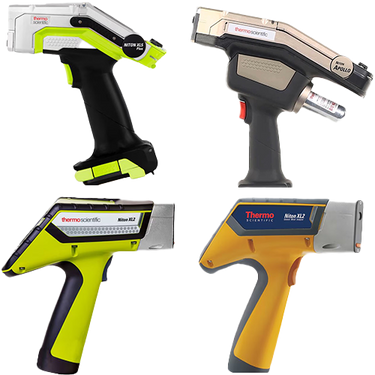

Understanding LIBS and Choosing Your Analyzer Technology
Portable Niton spectrometers make material identification easy and precise. You can now experience innovation with the state-of-the-art Niton Apollo: the handheld analyzer for Carbon Equivalency Testing and Positive Metal Identification. This is achieved by using Laser Inducted Breakdown Spectroscopy, or LIBS.
A LIBS analyzer may seem like the better alternative to traditional XRF in any situation, but there are important considerations to be made before deciding if a LIBS or XRF Handheld Analyzer is right for you. The following guide, in conjunction with the tables below, will help you understand LIBS technology better, as well as make a decision based on your exact needs.
Before deciding on your technology, ask yourself:
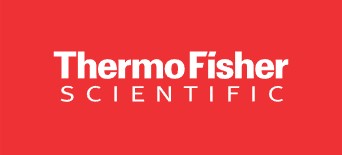 |
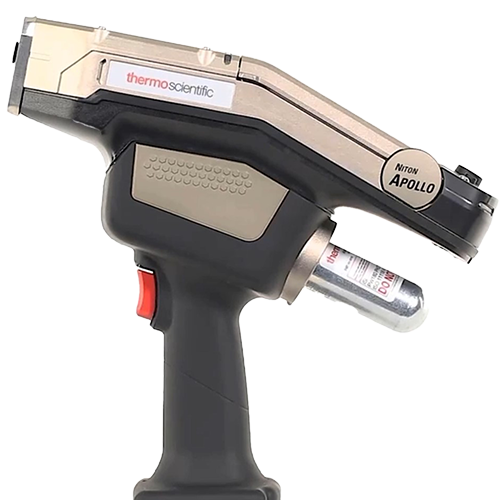 |
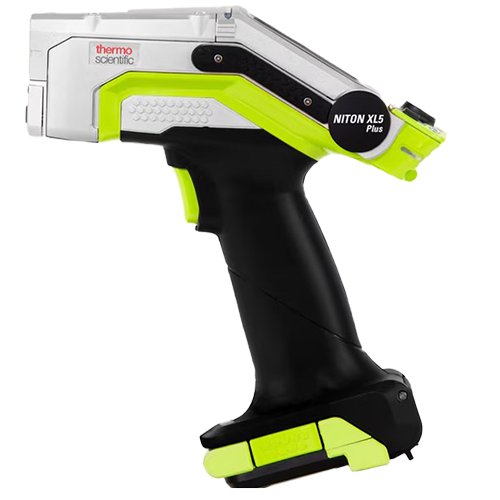 |
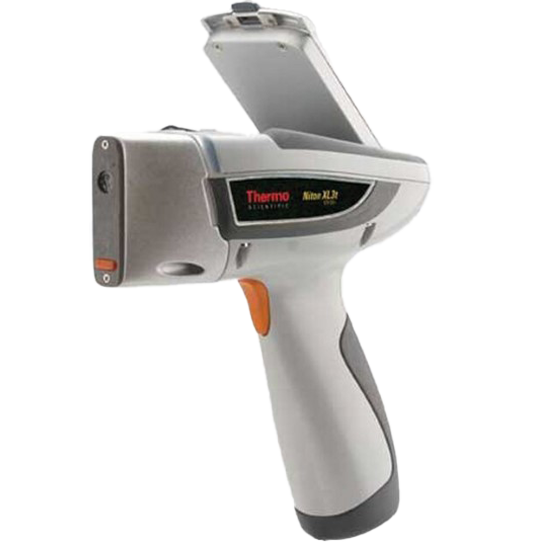 |
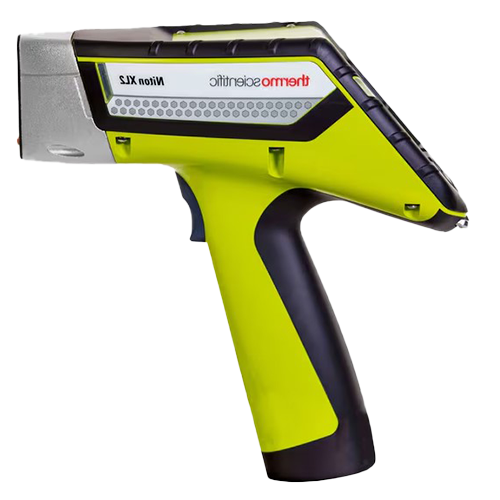 |
 |
| Niton Apollo | Niton XL5 Plus | Niton XL3t GOLDD+ | Niton XL2 Plus | Niton XL2 100G | |
| Metals/ Alloys Analysis Rating | |||||
| Carbon Steel, Low Alloy Steel: | ★★★ | ★★ | ★ | ★ | |
| Stainless Steel L-Grades: | ★★★ | ||||
| Scrap Metal Recycling: | ★ | ★★ | ★★ | ★★★ | ★★ |
| Positive Material ID (PMI): | ★★★ | ★★★ | ★★ | ★★ | ★ |
| Manufacturing QA/ QC: | ★★ | ★★★ | ★★ | ★★ | ★ |
| Coatings Analysis Ratings | |||||
| Metal Coatings: | ★★★ | ★★ | ★ | ||
| Precious Metals Analysis Ratings | |||||
| Jewelry & Precious Metal: | ★★ | ★★ | ★★ | ||
| Automotive Catalysts: | ★★★ | ||||
| Mining | |||||
| Greenfield Exploration: | ★★★ | ★★ | ★ | ||
| Oil & Gas Exploration: | ★★★ | ★★ | |||
| Grade Control | ★★★ | ★★ | ★ | ||
| Rare Earth Elements | ★★★ | ||||
| Environmental Hazards | |||||
| Soils: | ★★★ | ★★ | ★ | ||
| Industrial Lead Paint: | ★★ | ★★ | ★ | ||
| Residual Lead Paint | |||||
| Dust, Air Filters | ★★ | ||||
| Consumer Goods | |||||
| Children's Toys, Apparel, Jewelry, Furniture | ★★★ | ★★ | ★ | ||
| RoHS / Halogen-free WEEE | ★★★ | ★★ | ★ | ||
| Art & Archaeometry | |||||
| Metal Artifacts, Pigments, Ceramics, etc.. | ★★★ | ★★ | ★ | ||
 |
 |
 |
 |
 |
 |
| Niton Apollo | Niton XL5 Plus | Niton XL3t GOLDD+ | Niton XL2 Plus | Niton XL2 100G | |
| Analytical Specifications | |||||
| Technology: | LIBS | XRF | XRF | XRF | XRF |
| Analytical Source: | 1064nm laser, charge coupled device (CCD) |
5W x-ray tube, extra large area silicon drift detector (SDD) |
2W x-ray tube, silicon drift detector (SDD) | 2W x-ray tube, silicon drift detector (SDD) | 2W x-ray tube, Si-PIN detector |
| Elemental Range: | C, Al, Si, Ti, V, Cr, Mn, Fe, Co, Ni, Cu, Nb, Mo, W | Mg-U (ultra low light element detection), Na (spectrum based detection) |
Mg-U | Mg-U | Ti-Bi |
| Spot Size: | 50 µm standard | 8 mm standard 3 mm optional |
8 mm standard 3 mm optional |
8 mm standard | 8 mm standard |
| Instrument Specifications | |||||
| Weight: | 6.4 lbs (2.90 kg) | 2.8 lbs (1.27 kg) | 3.4 lbs (1.54 kg) | 3.4 lbs (1.54 kg) | 3.4 lbs (1.54 kg) |
| Dimensions: | 12.0 x 13.0 x 4.0 in (30.48 x 33.02 x 10.16 cm) |
9.5 x 8.2 x 2.7 in (24.13 x 20.82 x 6.86 cm) |
9.6 x 9.0 x 3.8 in (24.28 x 22.86 x 9.65 cm) |
10.0 x 10.8 x 4.0 in (25.4 x 27.43 x 10.16 cm) | 10.0 x 10.8 x 4.0 in (25.4 x 27.43 x 10.16 cm) |
| Memory Reading Capacity: | 5,000 | < 130,000 | < 10,000 | < 10,000 | < 10,000 |
| Features | |||||
| Display Screen: | Tilting | Tilting | Tilting | Fixed Angle | Fixed Angle |
| Touchscreen/ Directional Keys | ✓ | ✓ | ✓ | ✓ | ✓ |
| Micro Camera | ✓ | ✓ | ✓ | ✓ | |
| Macro Camera | ✓ | ✓ | |||
| Bluetooth | ✓ | ✓ | ✓ | ✓ | ✓ |
| GPS | ✓ | ✓ | ✓ | ||
| WiFi | ✓ | ✓ | |||
| Hot Swap Battery | ✓ | ✓ | ✓ | ||
| Splash + Dust Proof (IP54 Rated) |
✓ | ✓ | ✓ | Coming Soon | |
| Detector Protection | N/A | ✓ | ✓ | ||